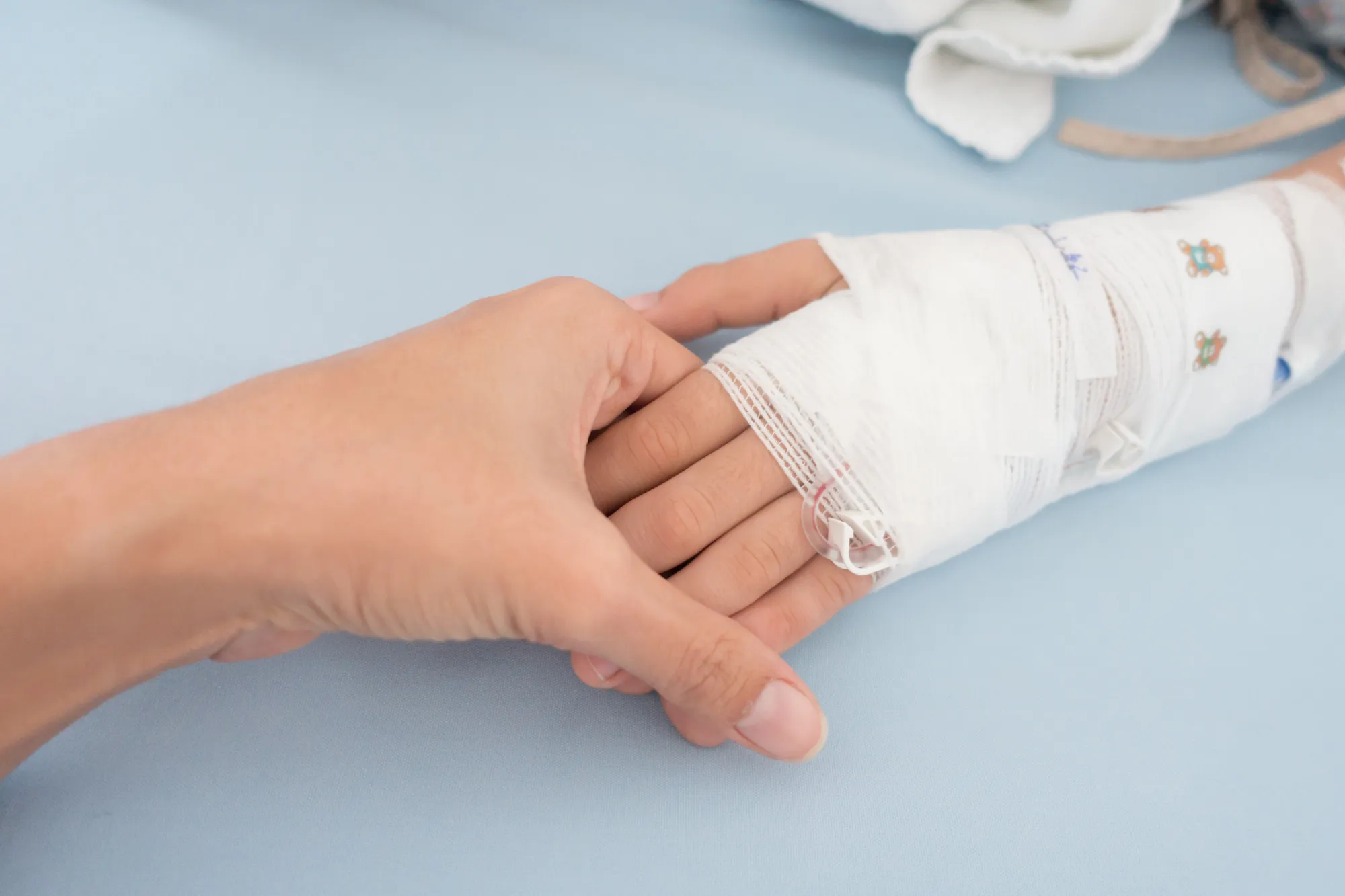Introduction
In a breakthrough development for biomedical science, researchers from Yeungnam University have formulated an advanced wound dressing material designed to address the pressing issue of antibiotic resistance in clinical settings. The innovative material extensively covered in the International Journal of Biological Macromolecules is a hydrogel embedded with the lytic coliphage vB_Eco2571-YU1, targeting the pathogenic Escherichia coli bacteria. This article delves into the intricacies of this novel composite hydrogel and its potential as a new frontier in wound management.
Promising Solutions to Antibiotic Resistance
Amidst the escalating threat of antibiotic-resistant bacteria, medical researchers are on a constant quest for alternative treatments. Bacteriophages, viruses that specifically target bacteria, have emerged as a cost-effective and efficient solution for combating bacterial infections. This has been particularly relevant in the realm of skin wound treatments, where traditional antibiotics have increasingly fallen short.
Enter Hydrogel Technology
The team led by Narayanan Kannan Badri and colleagues, including Bhaskar Rakesh, Soon Mo Choi, and Sung Soo Han, has introduced an innovative approach by leveraging marine polysaccharide carrageenan to develop a high-performing wound dressing. The carrageenan-immobilized hydrogel—referred to as carr-vB_Eco2571-YU1—encapsulates the bacteriophage, enabling local delivery of these antibacterial agents directly to the wound site.
A Closer Look at the Innovation
Transmission Electron Microscopy (TEM) identified the vB_Eco2571-YU1 as a Myoviridae coliphage, characterized by an icosahedral head and a lengthy, whisker-like tail. These features are essential for the coliphage’s ability to attach to and penetrate bacterial cell walls, initiating the lytic cycle.
Quick and Effective Action
A one-step growth curve elucidates the expeditious nature of the coliphage, revealing a latent period of just 10 minutes, succeeded by a rise period of 15 minutes, and an impressive burst size of 120 virions per infected cell. This rapid multiplication signals a robust assault on pathogenic bacteria.
Triumph Over Resistance
Resistance development is a common setback in phage therapy. However, the immobilized coliphages in the carr-vB_Eco2571-YU1 hydrogel have demonstrated a remarkable capability to prevent the evolution of phage-resistant E. coli strains, preserving long-term antibacterial efficacy.
Holistic Stability Assessment
To facilitate clinical adoption, stability under various environmental conditions was assessed. The study meticulously evaluated the phage stability, considering factors like pH, temperature, osmolarity, and solvents. Additionally, long-term storage results at 4 °C show a gradual titer reduction over 28 days, highlighting the importance of optimization for extended shelf-life.
Biocompatibility—A Key Factor
The newly developed hydrogels underwent extensive biocompatibility testing, showing favorable results with minimal hemolysis. This property is critical to ensure that the hydrogels, when applied to wounds, would not induce damage to red blood cells.
Enhanced Physical Properties
By integrating a plasticizer at a concentration of 0.6% (w/v) into the carrageenan matrix, the researchers managed to achieve an optimal balance between elasticity and structural integrity. This tunability in the mechanical properties of the hydrogel renders it a practical and adaptable solution for diverse wound care scenarios.
Conclusion and Future Potential
The breakthrough established by Badri et al. denotes that carr-vB_Eco2571-YU1 hydrogels not only introduce a formidable alternative to antibiotics for wound treatment but also set the stage for subsequent advancements in the field of phage therapy. Given its efficacy against drug-resistant bacteria and accommodating physical characteristics, the novel hydrogel stands as a promising candidate for next-generation wound care materials.
The study is accessible through its DOI: 10.1016/j.ijbiomac.2024.129349 and published in the International Journal of Biological Macromolecules.
References
1. Narayanan Kannan Badri et al. “Development of carrageenan-immobilized lytic coliphage vB_Eco2571-YU1 hydrogel for topical delivery of bacteriophages in wound dressing applications.” Int J Biol Macromol. 2024
2. International Journal of Biological Macromolecules, Volume 259, Part 2, 12 January 2024, Page 129349
3. “Bacteriophage as potential treatment for bacterial infections.” (Year). Biochemical Society.
4. “Hydrogel dressings for wound care.” (Year). Wound Management & Prevention Journal.
5. “The re-emergence of phage therapy in the modern medical arsenal.” (Year). Journal of Microbiology & Biology Education.
Keywords
1. Bacteriophage hydrogel wound dressing
2. Antibiotic-resistant bacteria treatment
3. Lytic coliphage vB_Eco2571-YU1
4. Carrageenan hydrogel
5. Phage therapy advancements
This study solidifies the role of bioengineering in developing advanced biomaterials and proves that intertwining biology with material science opens new frontiers in medical treatments, particularly for challenging conditions like antibiotic-resistant infections. The community eagerly awaits the clinical trial results, which could herald a new era in wound care and beyond.
